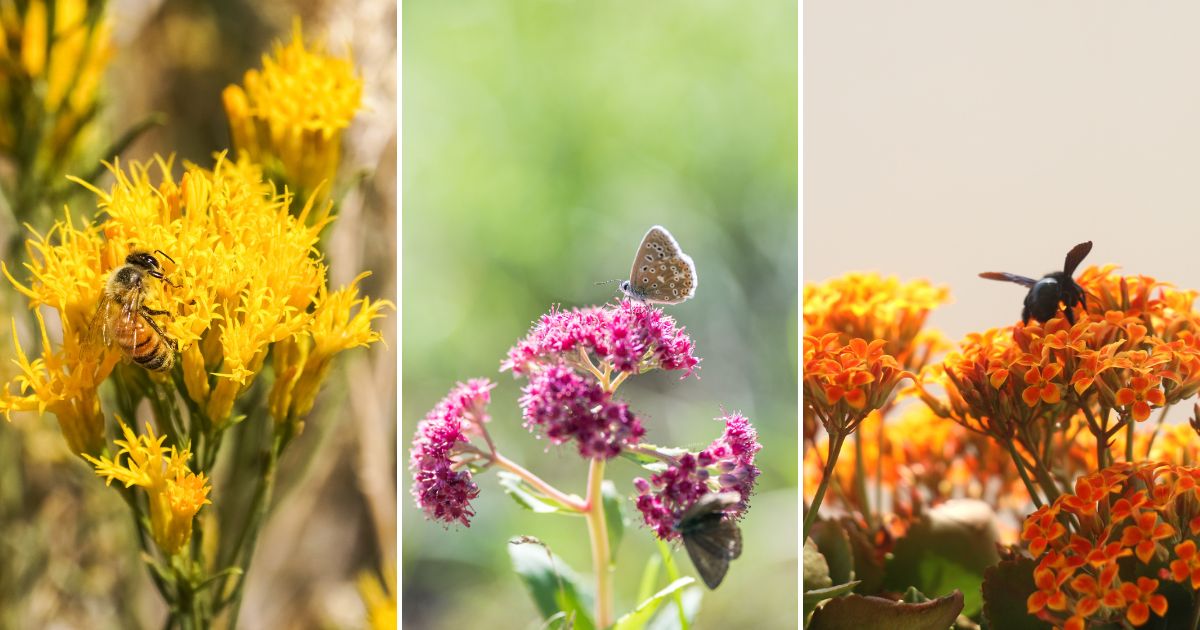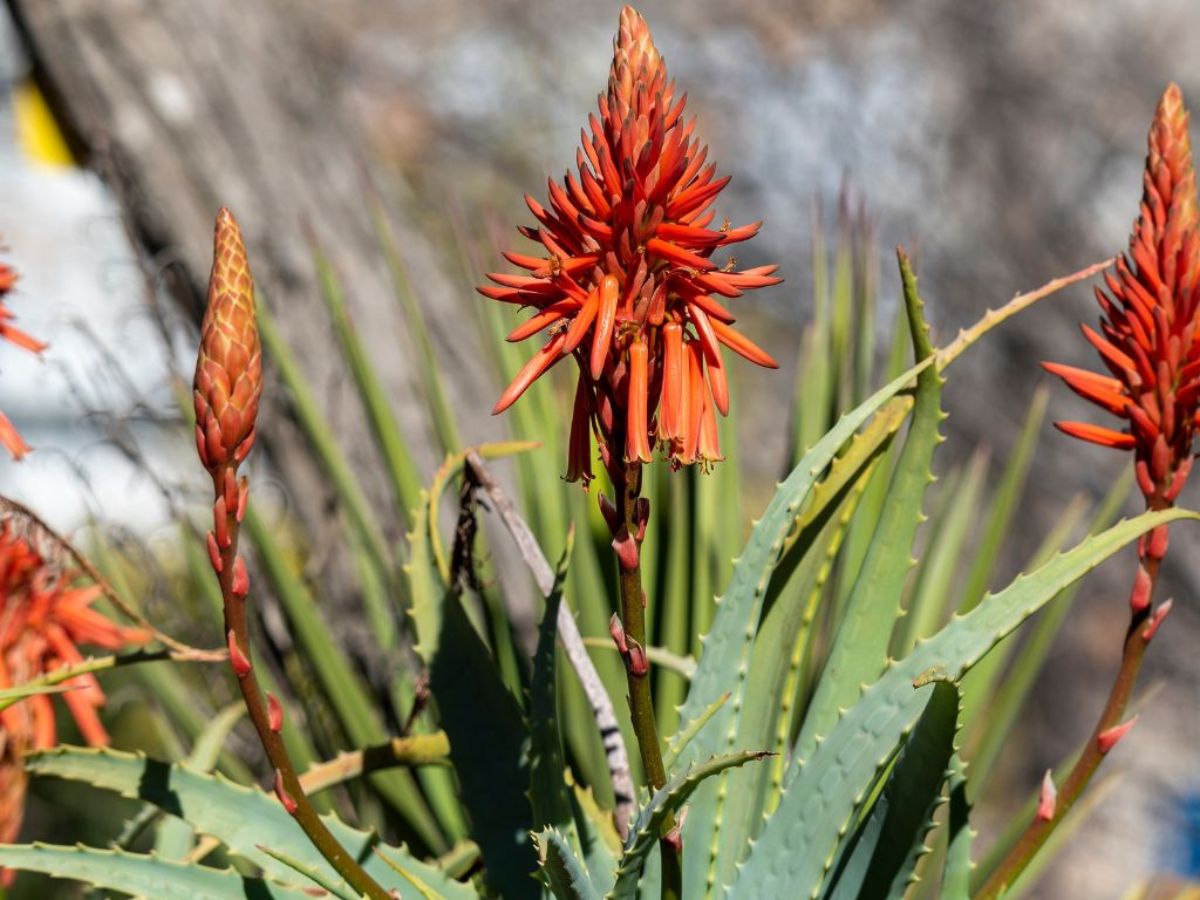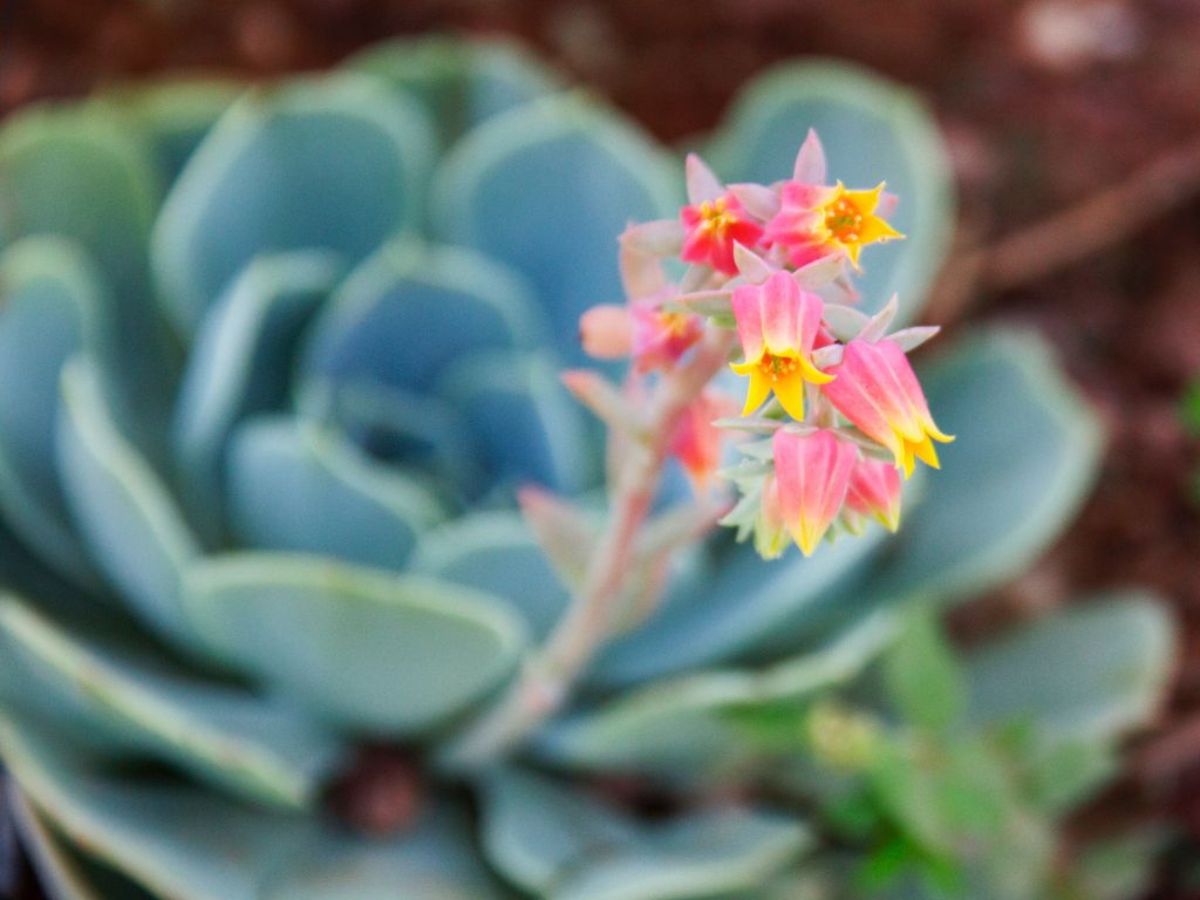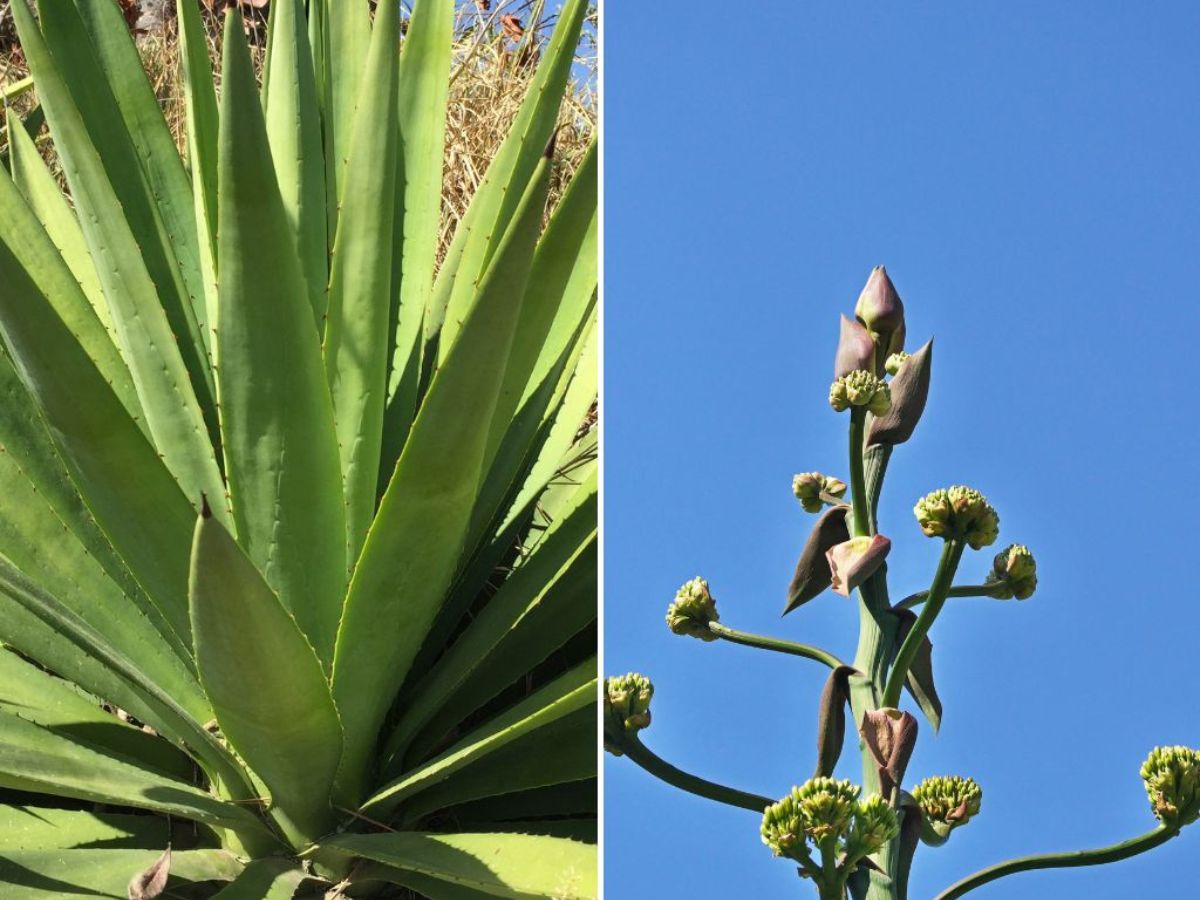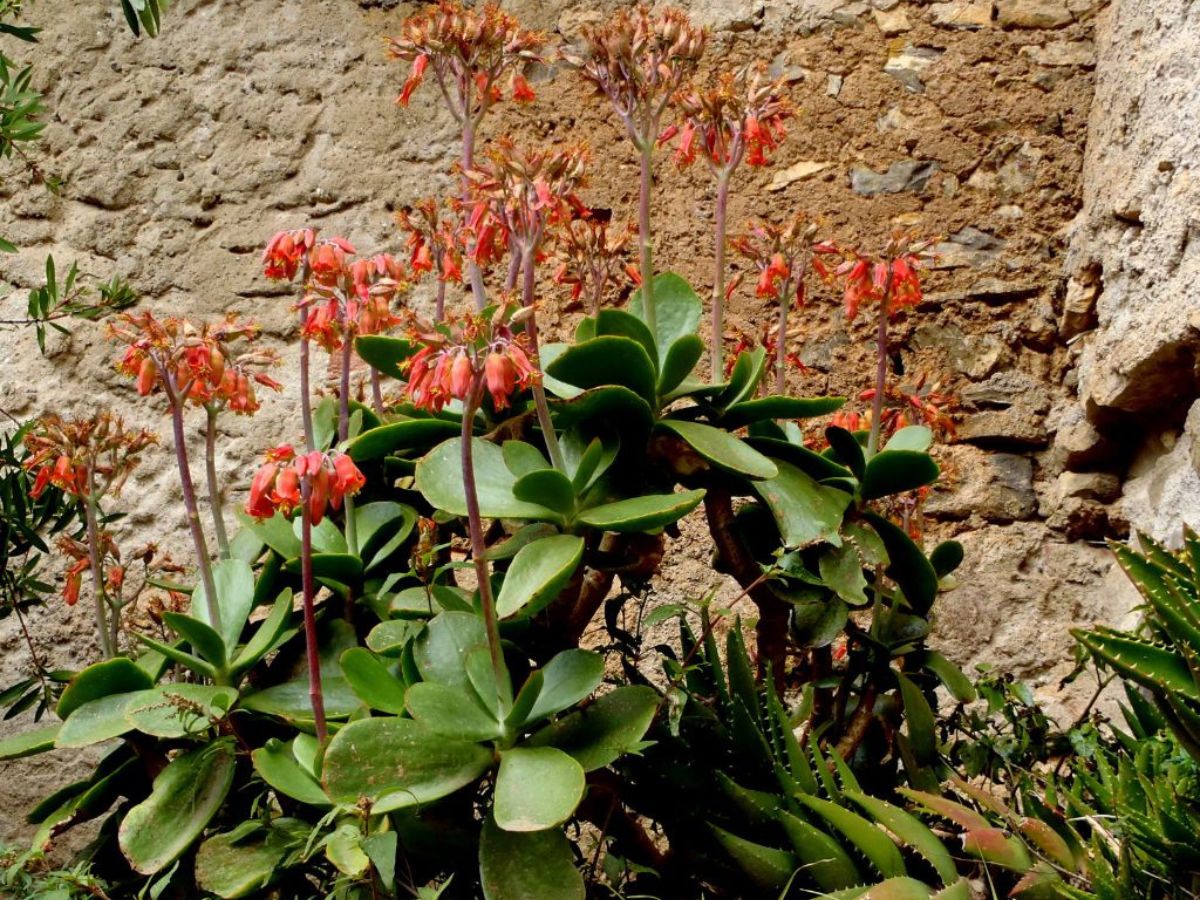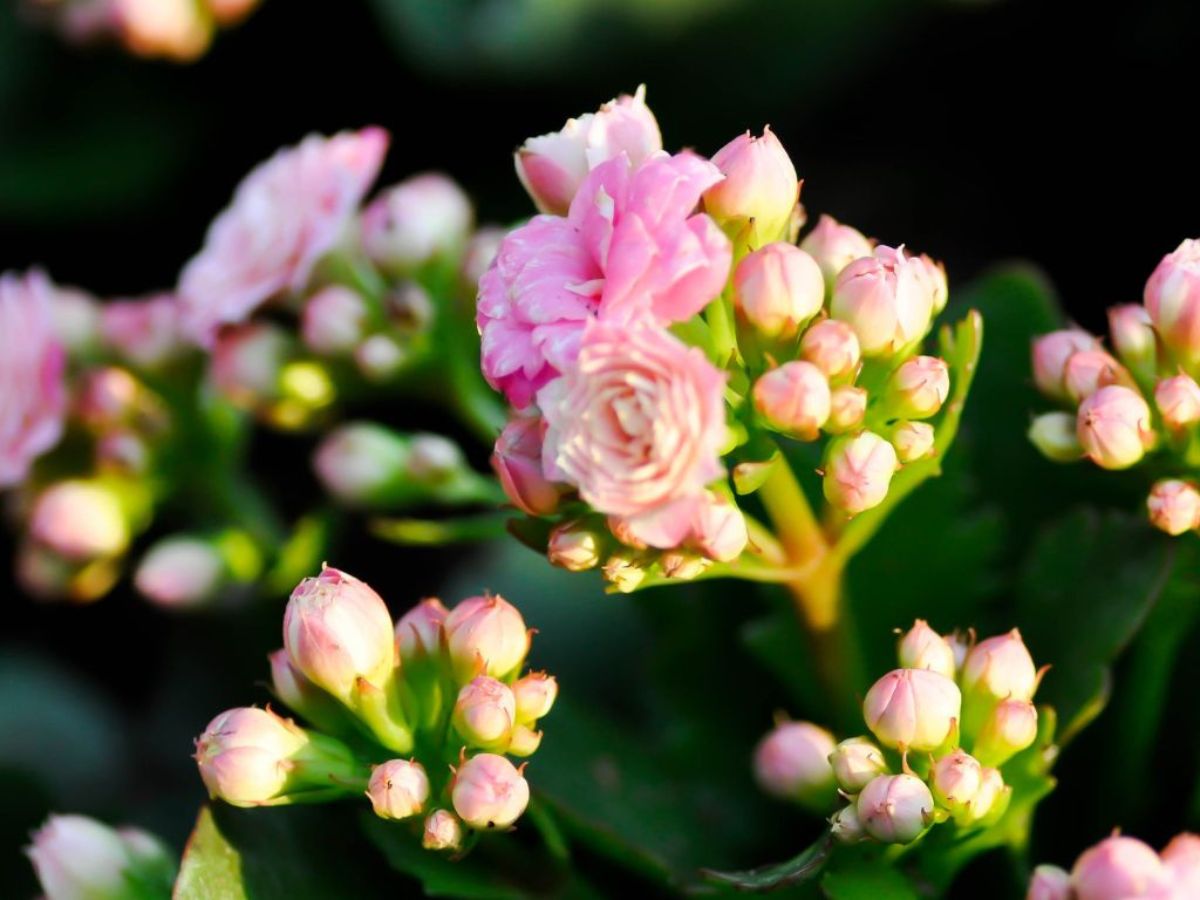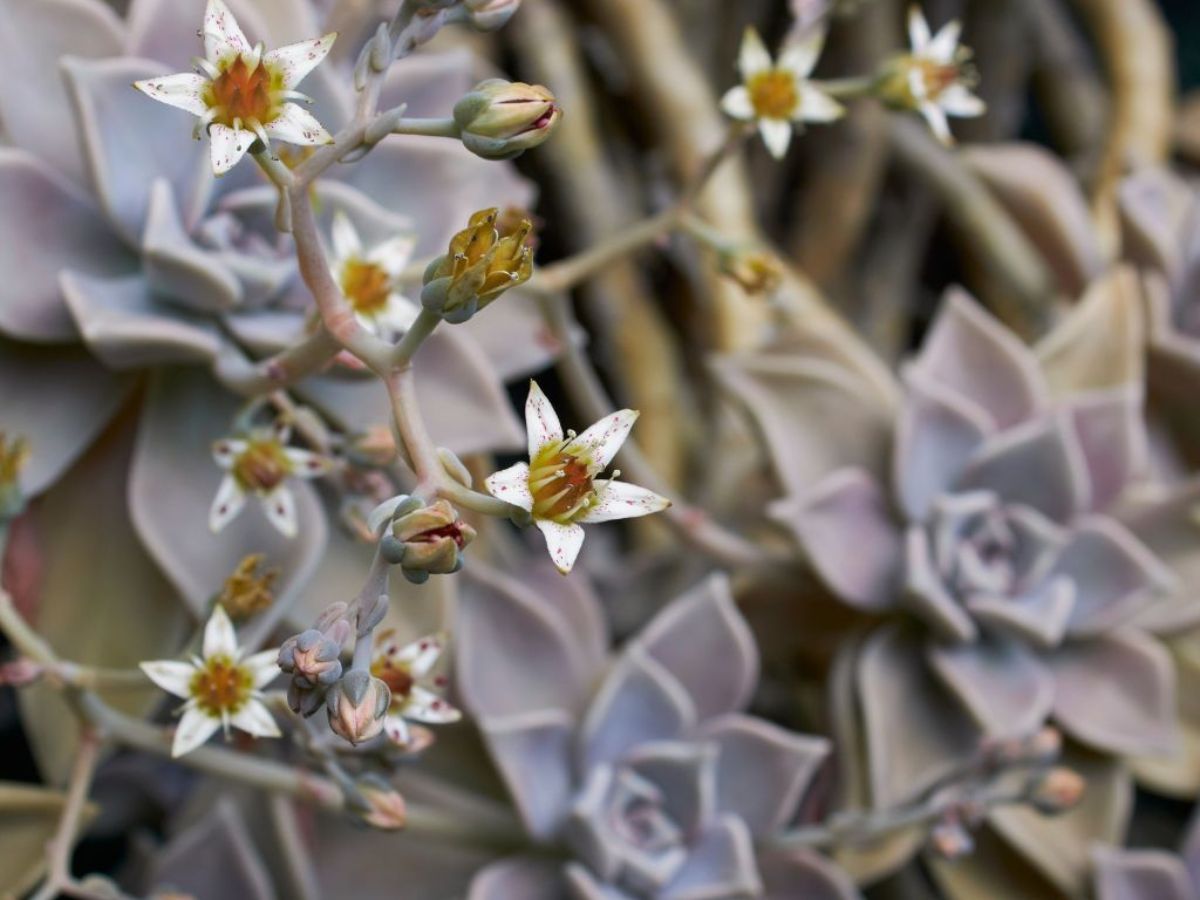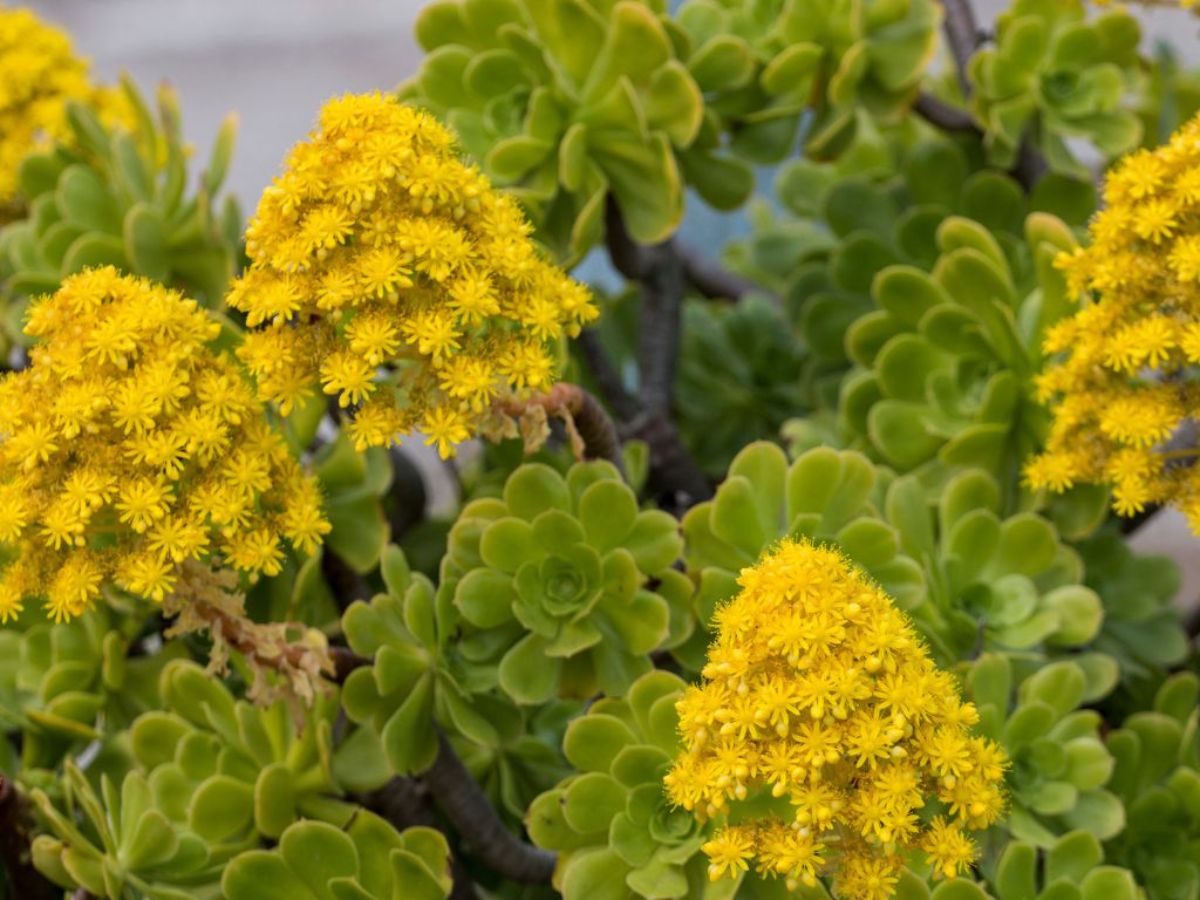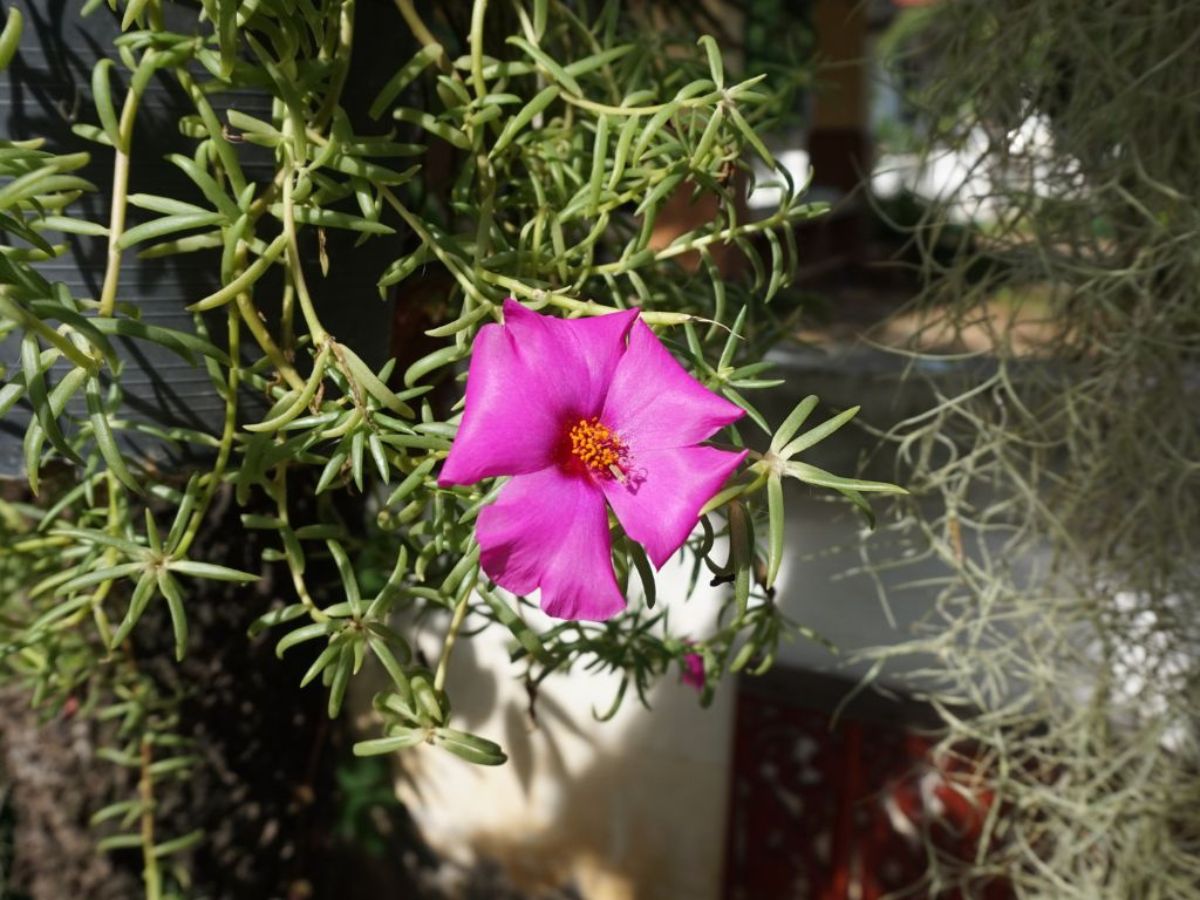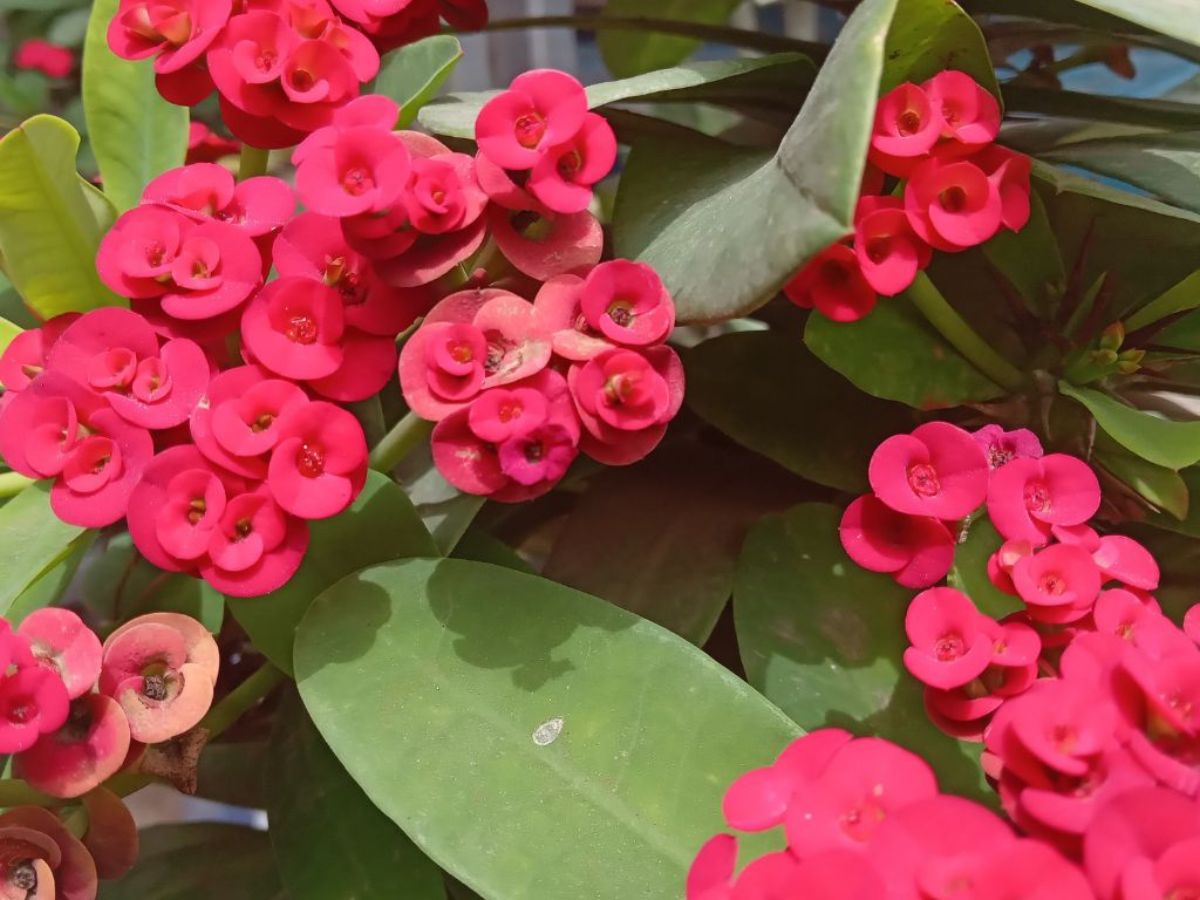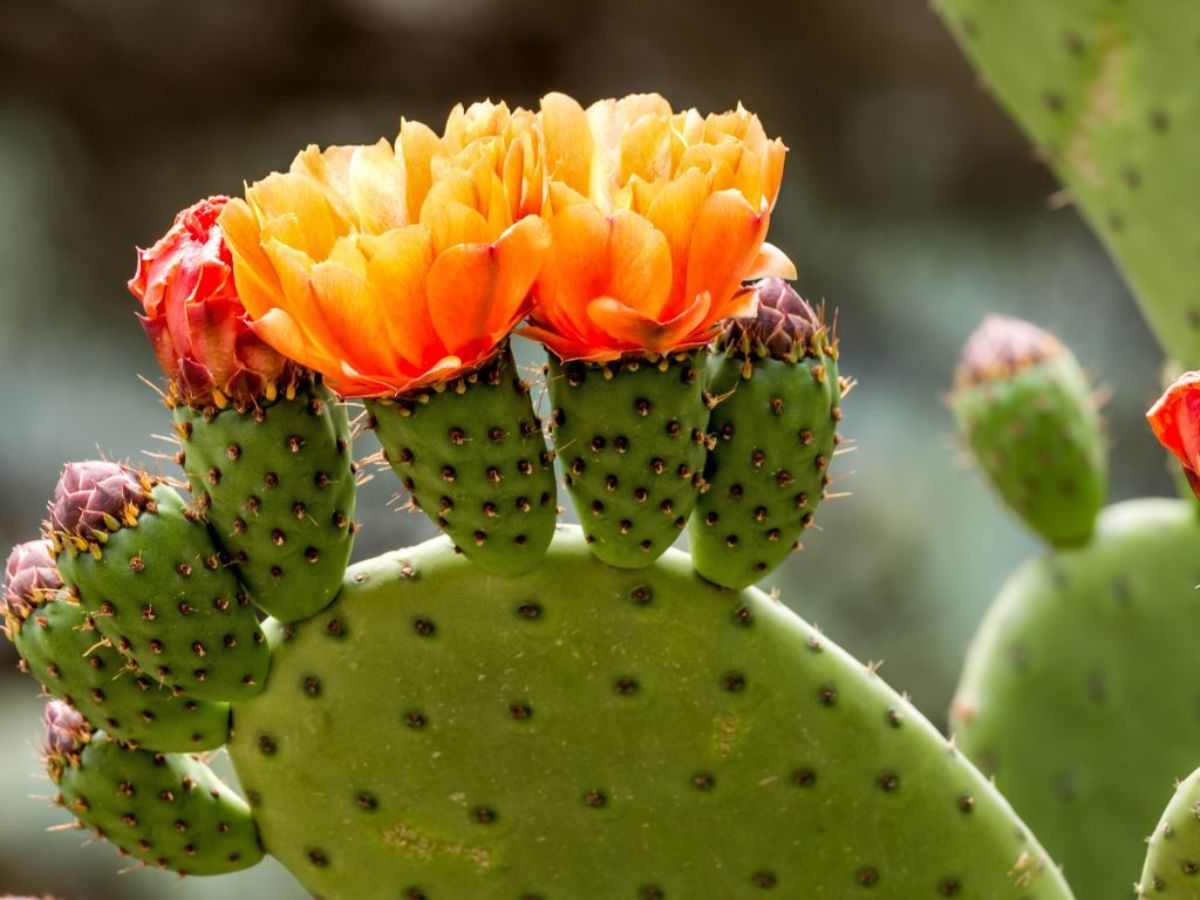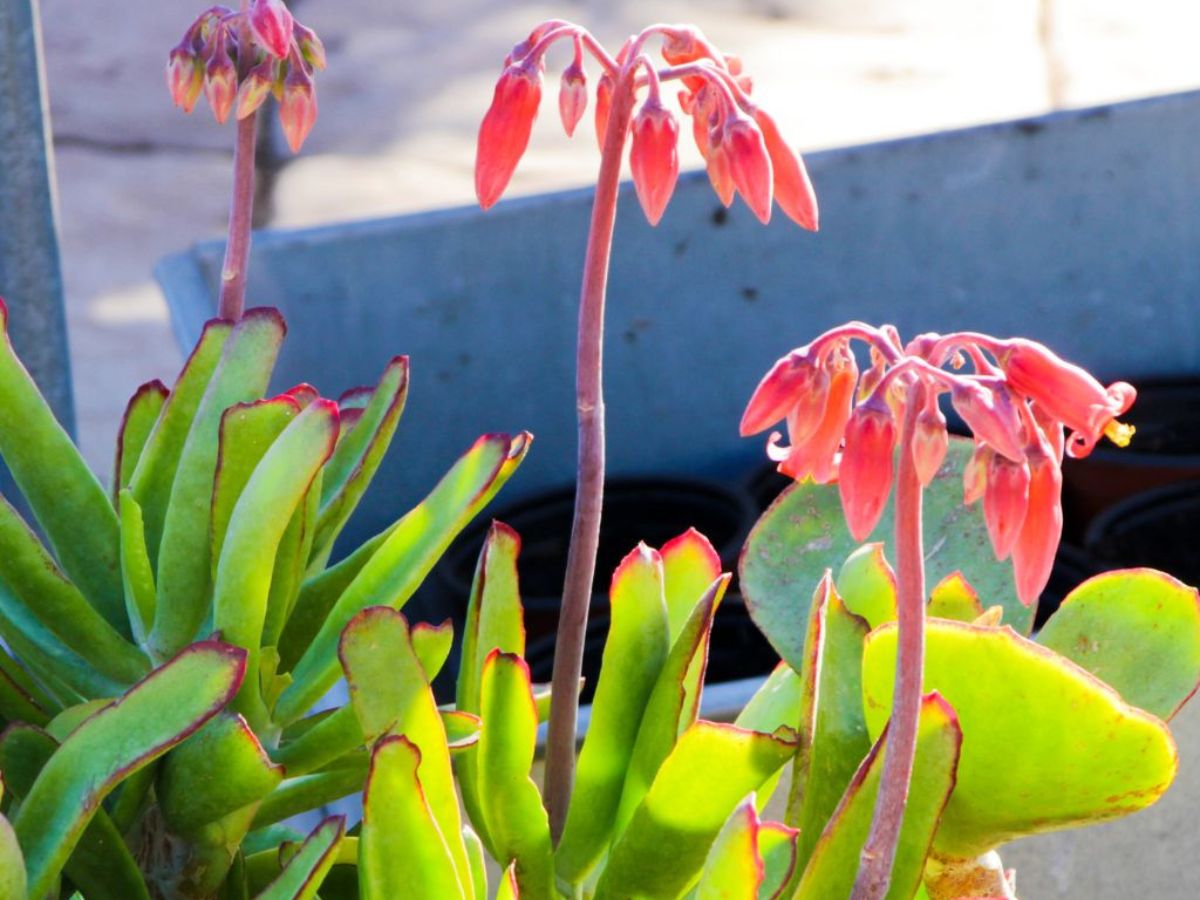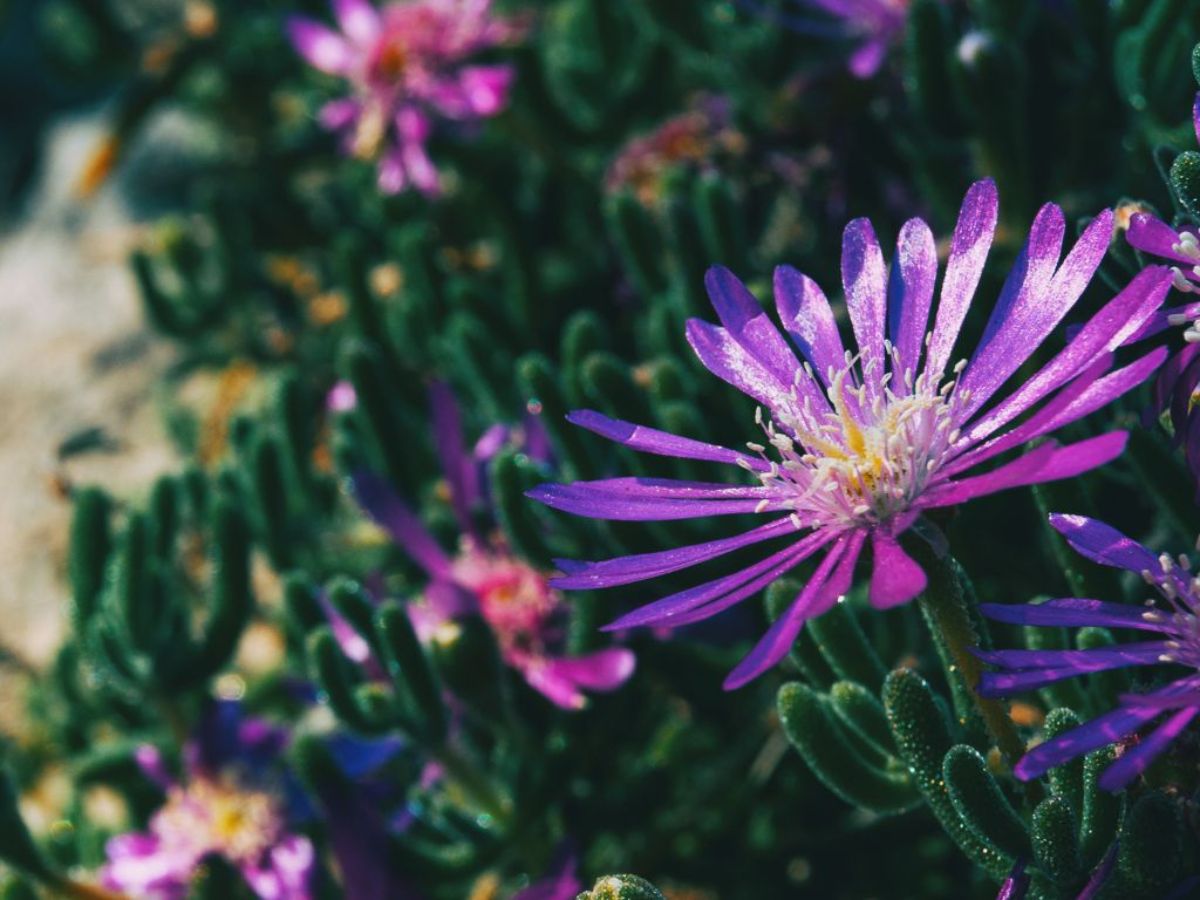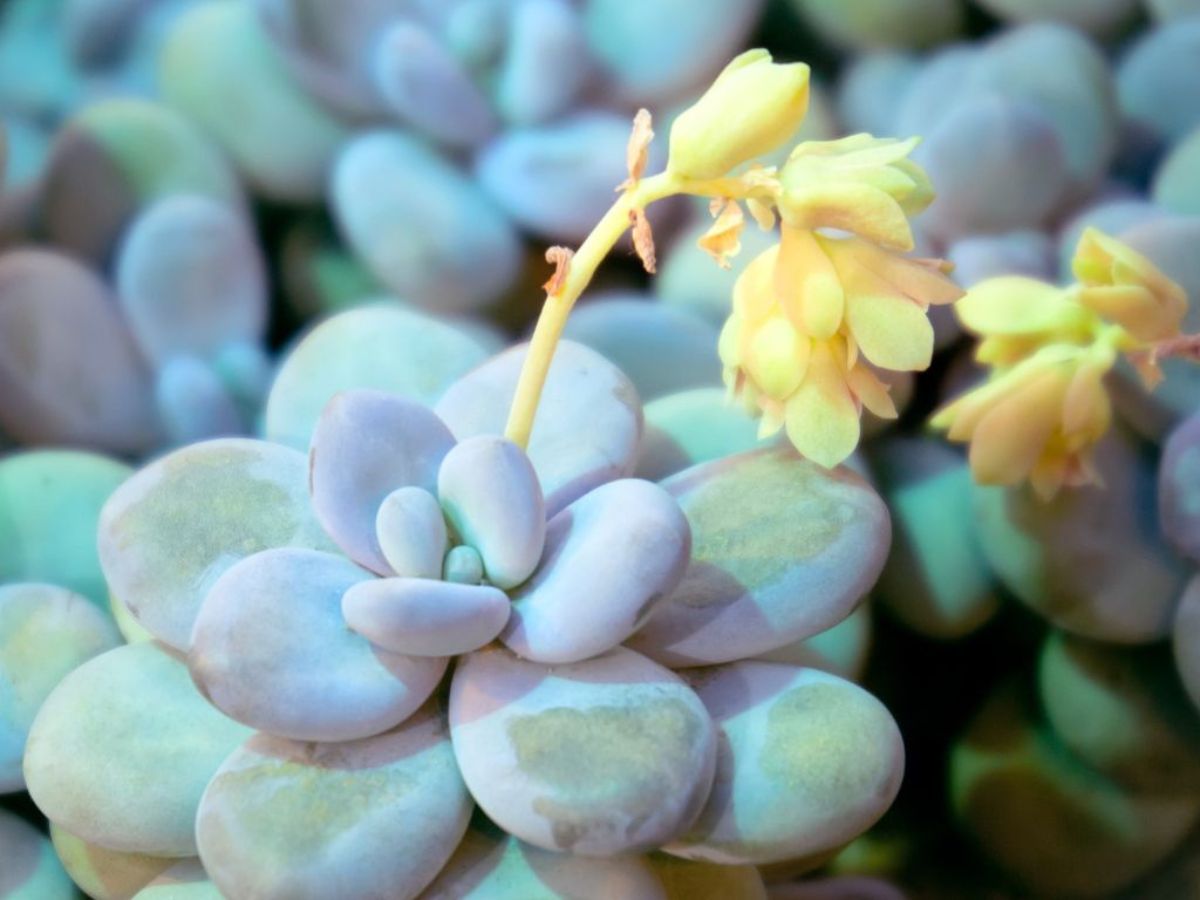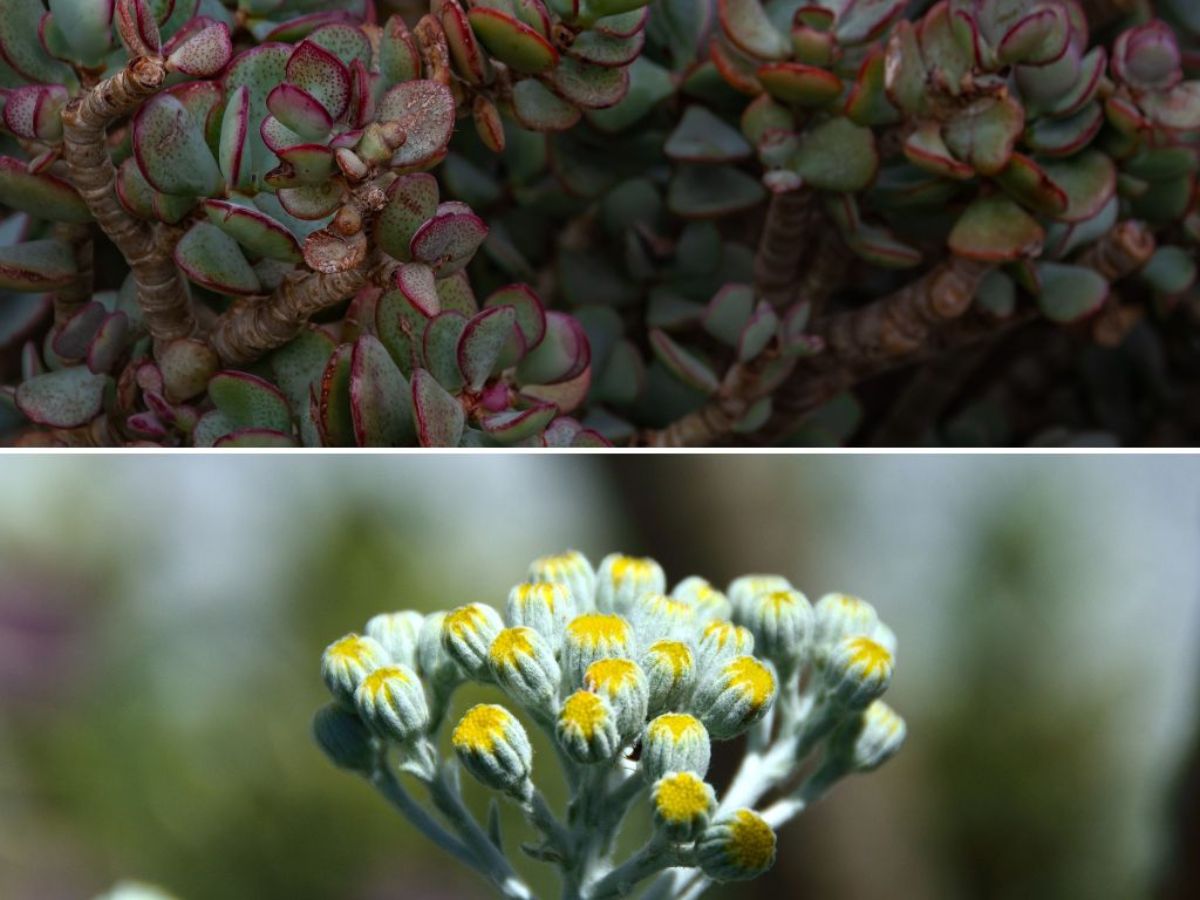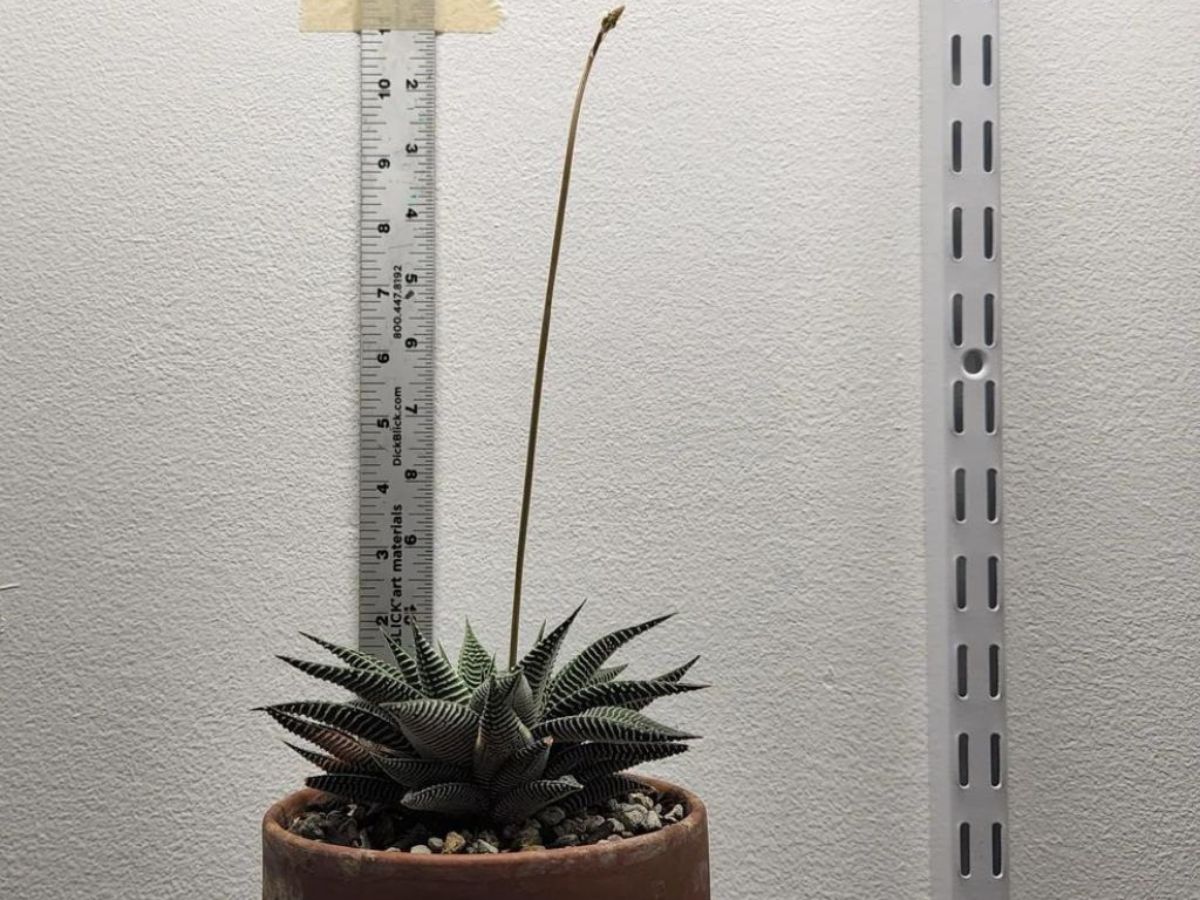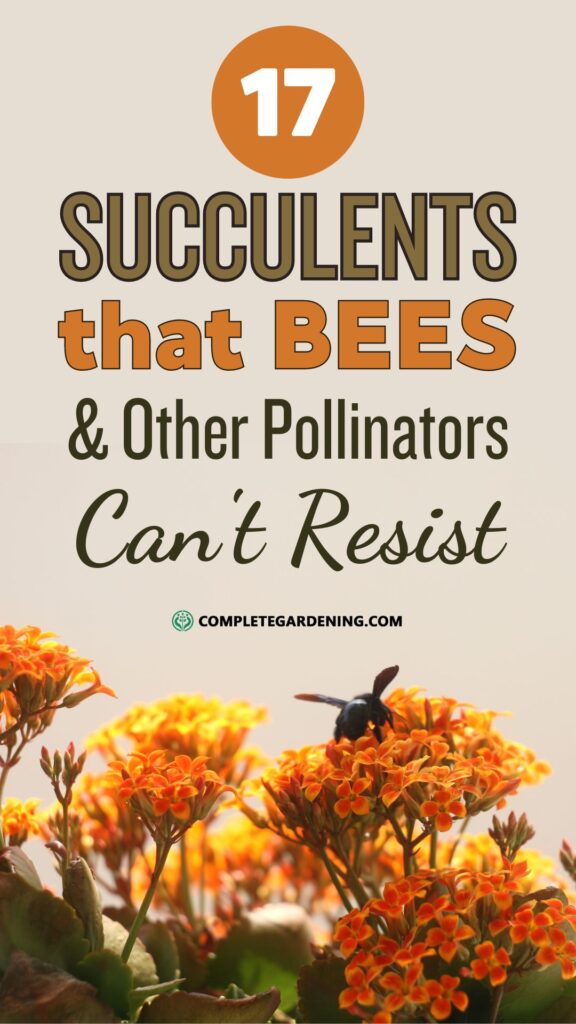When we think about helping bees and other pollinators, the first thing that comes to mind is often fields of wildflowers.
But if you’ve ever watched bees flit around a blooming succulent, you’ll realize that nature has a more diverse buffet than we give it credit for.
Succulents, those hardy, water-storing plants often admired for their ability to thrive in the most inhospitable places, aren’t just garden decor—they’re essential for bees and other pollinators, too.
Succulents are like a hidden gem in the world of pollinator-friendly plants. They don’t fit the traditional mold of the “flowery” plants you’d expect to see covered in bees, butterflies, and hummingbirds, but they have a quiet, understated way of doing the job.
When these tough plants bloom, they open up a world of nectar that attracts all kinds of pollinators.
And because succulents are built to thrive in dry climates, they’re perfect for people who want to support pollinators without adding extra stress to their local water supply.
So if you’re looking for a way to support pollinators while keeping your garden resilient and low-maintenance, succulents are a great option.
Here are 17 succulents that attract bees and other pollinators—and might surprise you with their pollinator-attracting power.
1. Aloe Vera (Aloe barbadensis miller)
Aloe vera is probably best known for its medicinal properties. It’s the plant your grandmother told you to rub on a sunburn, and she was right.
But while aloe vera is busy soothing your skin, it’s also busy attracting bees. When aloe blooms, usually during the cooler months, it produces tall spikes covered in tubular yellow or orange flowers, which are like beacons for bees and other pollinators.
The long-lasting blooms offer nectar in abundance, and because aloe is so easy to grow, it’s a natural choice for a bee-friendly garden.
2. Echeveria (Echeveria spp.)
Echeveria is the quintessential “pretty” succulent. Its rosette form and vibrant colors make it a favorite in succulent arrangements, but when it comes to attracting pollinators, it’s no slouch.
Echeveria produces tall flower stalks with bell-shaped flowers in shades of pink, red, orange, and yellow. These blooms are full of nectar and attract bees, butterflies, and even hummingbirds.
The best part? Echeveria blooms throughout the spring and summer, providing a steady food source for pollinators.
3. Sedum (Sedum spp.)
Sedums, or stonecrops, are a large family of succulents that offer both ground-covering varieties and taller, upright species. Sedum flowers tend to cluster in small star-shaped formations that are irresistible to bees.
The nectar-rich flowers of sedum bloom from late summer into fall, providing pollinators with a vital food source as the days grow shorter.
The bright colors, ranging from pinks to yellows, make them easy for pollinators to spot and even easier to love.
4. Agave (Agave spp.)
Agaves are large, imposing succulents with sharp spines, but their blooms are an entirely different story.
Although agaves only bloom once in their lifetime (usually after many years), when they do, they go out with a bang.
A towering flower stalk—sometimes reaching over 30 feet—emerges, covered in clusters of yellow or greenish flowers.
These blooms are a feast for bees, and they often attract bats and birds, too. In some regions, agaves are crucial for sustaining local pollinator populations.
5. Crassula (Crassula spp.)
Crassulas are a diverse group of succulents that include the well-known jade plant. These plants are resilient and easy to grow, but they’re also excellent for attracting bees when they bloom.
Crassula flowers are typically small and star-shaped, appearing in clusters that cover the plant.
Although the individual flowers are tiny, their nectar is abundant, and pollinators can’t seem to resist. The blooms typically appear in late winter or early spring, giving bees an early food source as they emerge from winter dormancy.
6. Kalanchoe (Kalanchoe spp.)
Kalanchoes are known for their colorful and long-lasting blooms, which can range from bright red to soft pink. But these flowers aren’t just decorative—they’re also pollinator magnets.
Kalanchoe flowers are tubular and produce nectar that bees and hummingbirds love.
They bloom profusely during the spring and summer, and because they can flower indoors and out, they’re a versatile option for anyone looking to create a pollinator-friendly space.
7. Sempervivum (Sempervivum spp.)
Commonly known as hens and chicks, Sempervivum plants are a staple in rock gardens and succulent arrangements.
These hardy succulents produce offsets (the “chicks”) that spread to form dense mats, but the real show comes when they bloom.
Sempervivum flowers are star-shaped and often appear in shades of pink, red, or yellow. They’re rich in nectar and attract bees during their blooming period, which usually occurs in summer.
The flowers only appear once on each rosette before it dies, but the offsets ensure that the plant continues to thrive and attract pollinators year after year.
8. Graptopetalum (Graptopetalum paraguayense)
Graptopetalum, sometimes called ghost plant, is an easy-to-grow succulent that forms delicate, rosette-shaped leaves in shades of pink and gray.
But what makes it stand out to pollinators are its small, star-shaped flowers, which appear on long stems above the foliage.
These blooms are particularly attractive to bees and can appear in late spring or early summer, making Graptopetalum a great addition to a pollinator-friendly garden.
9. Aeonium (Aeonium spp.)
Aeoniums are known for their dramatic rosettes that look like they’re straight out of a sci-fi movie. But when they bloom, they shift from sci-fi to straight-up nature documentary.
Aeonium flowers are borne on tall stalks, usually in bright yellow or white clusters that bees and other pollinators adore. These flowers can last for weeks, providing a prolonged nectar source in the garden.
Aeoniums thrive in Mediterranean climates and are perfect for xeriscaping—a water-efficient landscaping technique that’s friendly to both the environment and pollinators.
10. Portulaca (Portulaca grandiflora)
Also known as moss rose, Portulaca is a sun-loving succulent that produces bright, cheerful flowers in a rainbow of colors.
These blooms open during the day and close at night, providing bees and butterflies with nectar during daylight hours.
The low-growing habit of Portulaca makes it an excellent ground cover in hot, dry areas, and its flowers are a hit with all sorts of pollinators, including hoverflies and native bees.
11. Euphorbia (Euphorbia spp.)
While some Euphorbias aren’t technically succulents, many species in this genus have succulent-like qualities.
These plants have small, inconspicuous flowers that are often surrounded by showy bracts in colors like red, pink, or yellow.
The actual flowers are rich in nectar and draw in bees, especially in early spring when other flowers may be scarce. Euphorbias are also drought-tolerant and hardy, making them an excellent choice for a low-maintenance, pollinator-friendly garden.
12. Opuntia (Opuntia spp.)
Commonly known as prickly pear cactus, Opuntias are not only iconic desert plants but also a key food source for pollinators in arid regions.
The large, cup-shaped flowers of the prickly pear are filled with nectar and are especially popular with bees. After pollination, the flowers develop into edible fruits that can also support wildlife.
Opuntias are well-adapted to dry, hot climates and make a great addition to gardens looking to support local pollinators with minimal water use.
13. Cotyledon (Cotyledon orbiculata)
Cotyledon, known for its fleshy, paddle-shaped leaves, produces beautiful tubular flowers in shades of orange and red.
These flowers hang in clusters and are a magnet for pollinators, especially hummingbirds and bees. The long-lasting blooms appear in late spring and continue into summer, offering an extended period of nectar for visiting pollinators.
Cotyledon is well-suited for rock gardens and can thrive in a variety of soil types.
14. Delosperma (Delosperma spp.)
Delosperma, or ice plant, is a ground-covering succulent known for its daisy-like flowers in shades of pink, purple, and yellow.
These vibrant blooms appear in late spring and continue into summer, attracting bees and butterflies with their abundant nectar.
Delosperma is particularly well-suited for hot, dry areas and can help create a colorful, pollinator-friendly carpet in the garden.
15. Pachyphytum (Pachyphytum oviferum)
Pachyphytum, also known as moonstones, is a charming succulent with plump, egg-shaped leaves. Its small, tubular flowers are borne on long stems and appear in shades of pink and red, attracting bees and other pollinators.
Pachyphytum flowers in late spring or early summer, making it a great plant for adding variety to your pollinator garden.
16. Senecio (Senecio spp.)
Senecio succulents, like the popular string of pearls (Senecio rowleyanus), produce clusters of small, white, daisy-like flowers that emit a sweet fragrance.
This scent attracts bees and butterflies in large numbers. Senecios bloom in late winter or early spring, making them an excellent early-season food source for pollinators.
They are also easy to grow and thrive in both indoor and outdoor settings.
17. Haworthia (Haworthia spp.)
Haworthias are small, rosette-forming succulents that produce delicate, tubular flowers on tall stalks.
These flowers may be understated compared to some other succulents, but they still provide nectar that attracts bees and other small pollinators.
Haworthias typically bloom in late spring or early summer, offering a subtle yet important food source for pollinators in your garden.
Succulents are more than just trendy decor for your Instagram feed.
By planting these 17 succulents, you can create a vibrant, bee-friendly garden that supports local ecosystems while maintaining the low-water, low-maintenance beauty that makes succulents so popular.
